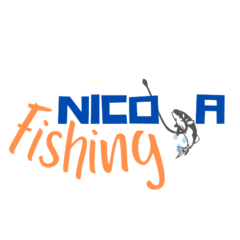There are no rods made specifically for beginners, but some are easier to use than others and better suited for those new to the world of fishing and the development of new skills. Learning differs for individuals; people learn how to use fishing equipment depending on their learning rate.
If you’re a beginner, to choose the best rod, you must consider your motor and coordination skills. The kind of fishing you’re interested in also contributes to the kind of rod you’ll be purchasing.
Good fishing equipment, especially a fishing rod, will serve as your backbone if you want to be a successful angler. There are different kinds of rods available for sale offline and online. Quality is important, but that’s not all there is to it. In this article, you’ll learn more about how to choose and the 5 must-have fishing rods for beginners.
How to Choose a Fishing Rod for Beginners
Rods come in different lengths, sizes, and designs, so it can be overwhelming to pick one when you don’t have any fishing experience. To make it easier for you to choose, you must first consider the following factors:

Before we delve into this, you must understand that articles like this provide only the basic information you need. A professional angler or even your local tackle shop can give you much more information because they have more experience with fishing and fishing gear. Before you choose a rod, you must answer the following questions:
Where Will You Fish?
The type of rod to buy is determined by where you will be fishing. There are two main kinds of fishing: land-based (shore) fishing and boat-based fishing. There are different kinds of rods suitable for use on a boat, on the shore, or on land, and some can be used both on land and in a boat.
Wherever you plan to fish can be known as “inshore” or “offshore.” As the name implies, offshore means an offshore location, i.e., on a boat, and inshore classifies all other kinds of fishing.
Target Species and Baits
What kind of fish do you want to catch? Is it largemouth bass, catfish, pompano, trout, or flounder?
Do you intend to use large baits or smaller ones to catch fish? Some fish can also be more aggressive than others, so you have to consider the fish’s size and aggressiveness or power. This factor is by far the most critical.
There are general-purpose rods, especially if you want to catch a variety of species, and this is the best choice for any beginner angler. Sometimes, with some species, you need rods suited explicitly for these species to avoid damage to the fishing teeth.
It also helps to determine if you’ll be fishing with lures or baits. If you’re planning to use lures, it is wise to purchase a rod designed solely to enhance the lures’ effect. Lures also come in different sizes, so you should base your selection on the weight of the lure.
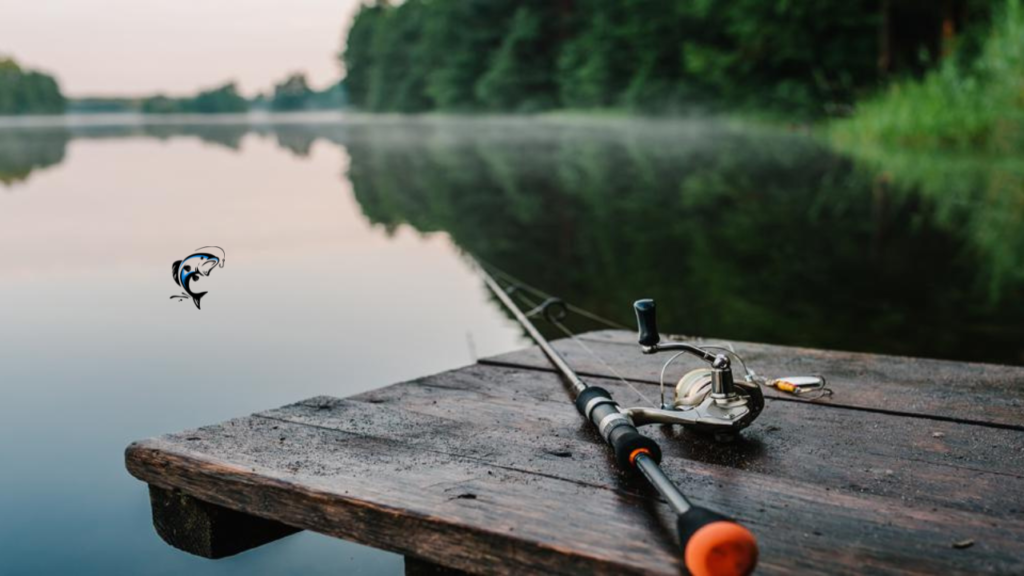
Geography
The geography and depth of the fish should be taken into consideration. Will you be using the rod from a high platform or pier? Will you be fishing from a wooded bank or a shallow reef? If, for instance, you’re fishing at a place with amazing fish, but the fish are found deeper in the water, you’ll need to cast the rod a huge distance from the shore to reach where the fish feed and hide for safety.
Only the appropriate length of the rod can fulfill your EiH. As a result, the rod used to target deeper waters differs from the one used in a wooded bank.
Not taking into account the location’s geography can lead to frustration, which can be discouraging, especially if you’re a beginner. If you’re unsure of the type of geography in a location, you can talk to an experienced professional angler you know.
Rod Length
One of the first things you look out for when buying a rod is its length. Roods can be as short as 4 feet and as long as 14 feet. Before you make a selection, match the type of fishing you’re interested in and the ideal rod length you should use.
The length of your rod directly influences how far and deep you can cast. The longer the rod, the farther you can cast, and vice versa. However, longer rods have the disadvantage of being hard to handle and maneuver.
Short rods are way easier to handle and control but don’t cover as much distance when cast. Since shorter rods give you more control, they have more power and are suitable for larger fish. If you’re aiming for that, the ideal length is between 5-7 feet.
On the other hand, if you’re using surface lures like the top walker lure, a reef that’s 8 feet or more will be just right. On average, many anglers say that a 7-foot rod is ideal for all-around fishing.
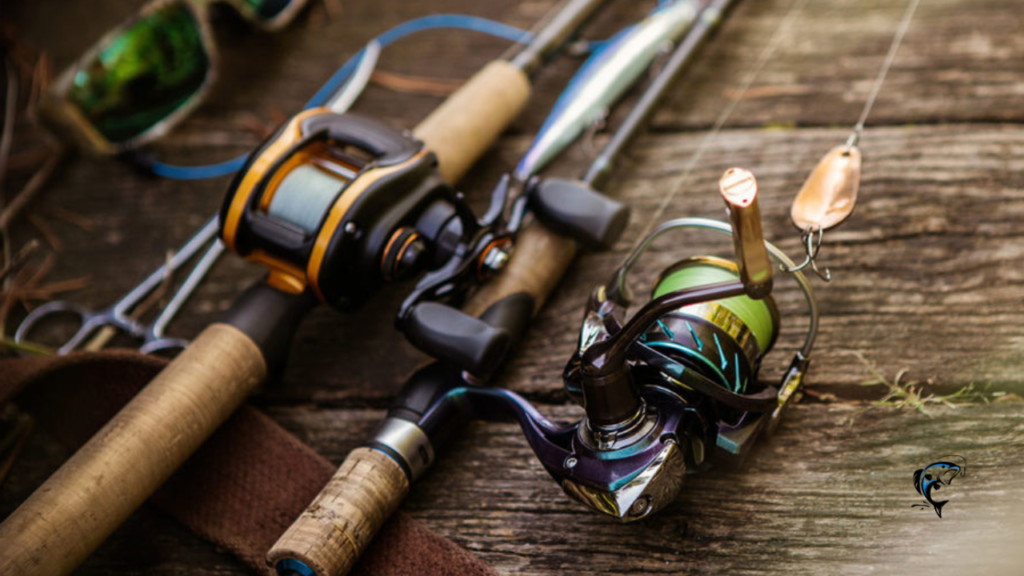
Rod Material
Rods are made of different kinds of material, including fiberglass, composite, and graphite.
Rods made of graphite and composite materials are also available. The material from which the rod is made significantly impacts its performance.
Let’s take a closer look at the various types of materials.
- Fiberglass Rods
Fiberglass rods have been used for decades and are reliable and effective for catching fish. They don’t require a lot of technicalities to make and can stand the test of time due to their strength. It is also quite affordable.
For this reason, along with its durability, it is a good choice for newbies. However, there are some downsides to using this equipment. It provides little to no feedback, so it can be hard to tell even if your rod has caught a fish, especially the lighter ones. Fiberglass rods are also heavy to carry, which makes them difficult to handle.
- Graphite Rods
Graphite rods have been in use for a long time and can be used as an alternative to heavy fiberglass rods since they are lighter. Many misconceptions surround the graphite rod, especially surrounding the identifiers on different rods.
Graphite rods come with different markers, such as IM6 and IM7. The higher the specification, the stiffer the graphite material used to make the rod, but that doesn’t necessarily mean an IM7 rod will be heavier than an IM6. The stiffer the graphite, the less material the manufacturer has to use for making the rod, making it even lighter.
The stiffness of a graphite rod makes it brittle, and it can be very expensive compared to fiberglass rods. However, if you catch a fish, you’ll be able to tell immediately because the rod is very sensitive.
- Composite Rods
If rod performance is more important to you than any other feature, composite rods may be the way to go. Composite rods are made of a mixture of graphite and fiberglass. The rods are sensitive and, at the same time, flexible.
They are versatile for anglers who want to fish in different locations or catch different fish. Composite rods are the most expensive but provide just enough value with extra benefits.
Rod Action
The action of the fishing pole determines performance. It also controls the speed at which it returns to its initial position and influences the type of fish you’ll be able to catch.
The rod’s action corresponded to the direction and extent of bending. There are three different types of rod action, and they include the following:
- Quick (Heavy) Action
Fast-action rods have a strong backbone that’s strong enough for large fish. They bend slightly below the top of the fossa and are sensitive to bites. You can use bait such as worms, books, and jigs with a fast-action rod.
Especially in fresh water, you can catch a wide variety of fish, including largemouth and muskie, and you can catch billfish and tuna in saltwater.
- Medium Action
Medium-action rods are a little slower than fast-action rods, so they work well, especially with multiple hooks. These rods bend around the top of the pole, allowing anglers to cast over a long distance.
Single hooks can be used with this rod type, but multiple hooks add to the versatility for use in different waters and catching fish of different sizes.
- Slow (Light) Movement
Slow-action rods are very bendable and can bend to the end of the rod. It’s extra sensitive to even the smallest bites and is fun to use. They are super impressive; however, you have to consider the lure size before casting. A simple rule is to use a small lure that allows for a proper cast.
Slow-action rods take some time to lodge in the fish’s mouth, but using treble hooks makes the process much quicker. Treble hooks have small tips that are faster to lodge in the fish. These rods are perfect choices if you want to catch fish like panfish and trout using fast-moving lures. The only downside to this rod is that it takes more time to set up the hook and it isn’t an easy task either.
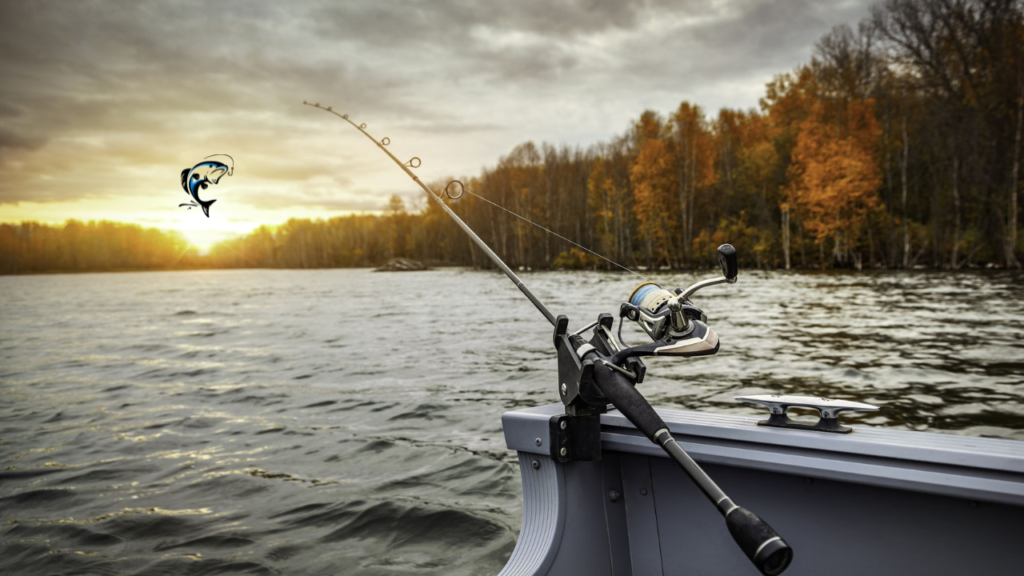
Rod Power
Power is the ability of a rod to withstand tension. Rod power is similar to rod action. There are different rod power classifications, ranging from light to medium to heavy. The heavier the rod, the more suitable it is for catching large fish, but the lines also play a role here.
If you use light lines with heavier rods, the line will cut. Also, the rod will break if you use a heavy line with a light rod. Hence, you want to choose the right quality lines with the corresponding rod power.
Rod Markings
Rod markings consist of letters and numbers on the rod that describe the kind of rod you’re looking at.
Usually, the initial three or four numbers indicate the length of the rod. It is followed by the rod’s action and the recommended weights of the corresponding lures and weights. Not all manufacturers specify this order, but most do.
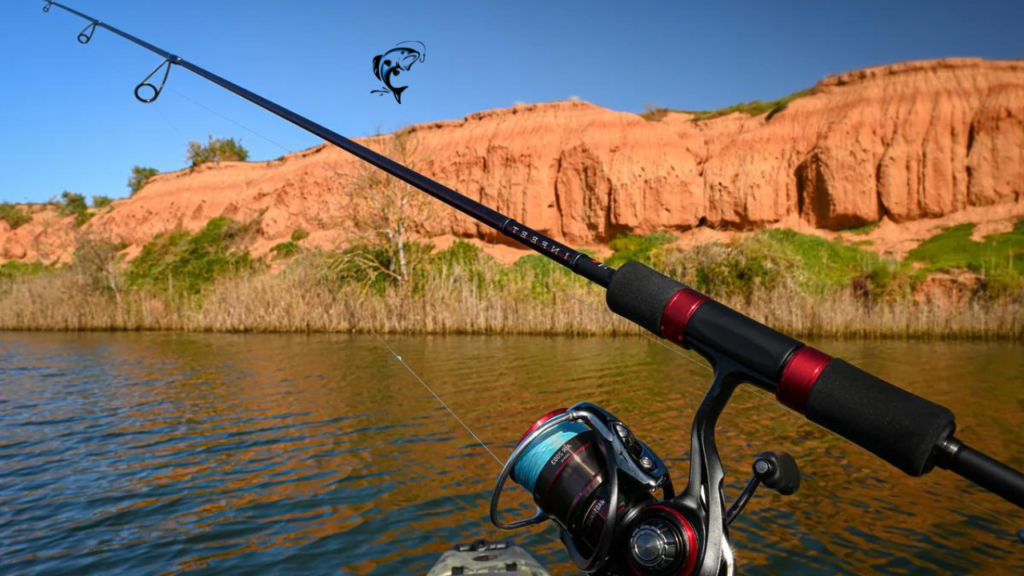
Other Parts of a Fishing Rod
Apart from the pole of the rod, there are other components that should be looked at before choosing a rod.
- Rod Guide
This may seem a factor to overlook, but it plays a role in the angling quality. The ideal guide has an internal ceramic coating with an exterior made of metal to counteract and reduce friction. If the rod guide is made of only metal, that’s a red flag to ignore.
The number of guides is also worth paying attention to. The more guides a rod has, the better it is for the angler.
- Rod Handle
The rod handle comes in either cork material or EVA foam. Cork is more comfortable and more sensitive. It provides a more cushioning effect and gives warmth to the angler, especially during the winter.
However, cork doesn’t last long and is difficult to clean. If you don’t want all the stress associated with cork, you can get one made of foam instead.
5 Must-Have Fishing Rods for Beginners
When talking about the 5 must-have fishing rods for beginners, here are some options available to you:
Abu Garcia Veritas Rod
Here are some pros and cons of this rod
Pros
- Versatile for most species of fish
- Has an amazing design.
- Lightweight but strong
Cons
- Design can be too loud and unappealing.
- It is expensive.
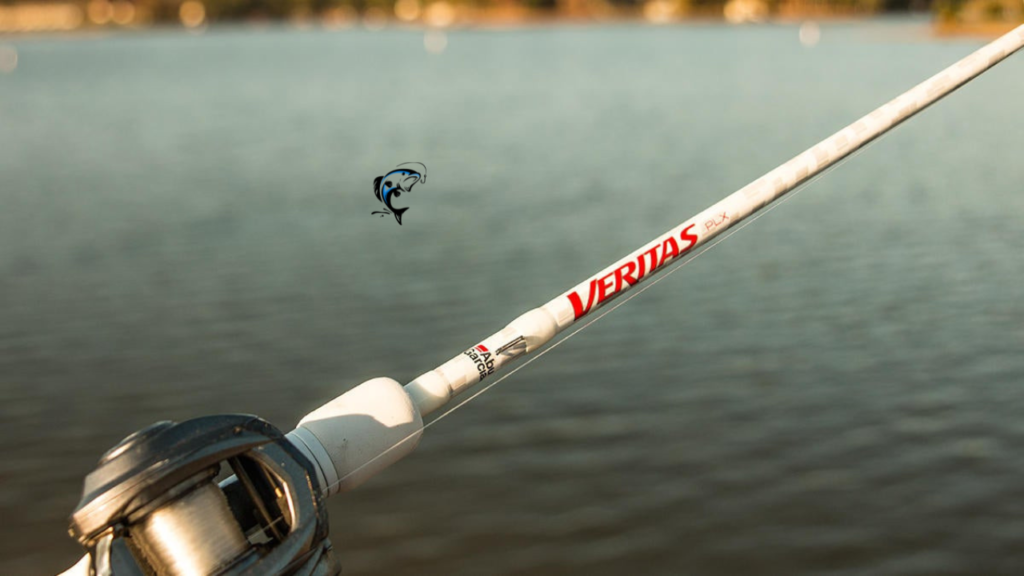
Specifications
- Graphite blank
- Appropriate lure weight: 8 to 35 grams
- Ultra-sensitive and lightweight construction design
- Appropriate line weight: 3 to 7 kg
- Fuji Anti-Tangle Alconite Guides
- Length: 6’8″
- Ultralon EVA grips
- Sublayer Armour
Penn Prevail II General Purpose Rod
Here are some pros and cons of this rod
Pros
- High versatility
- High build quality.
- Perfect for casting larger lures
- High Value
- Robust without chunkiness
Cons
- A little cumbersome in a boat
- It’s a little heavy for a small fish, which is to be expected for a general-purpose fish.
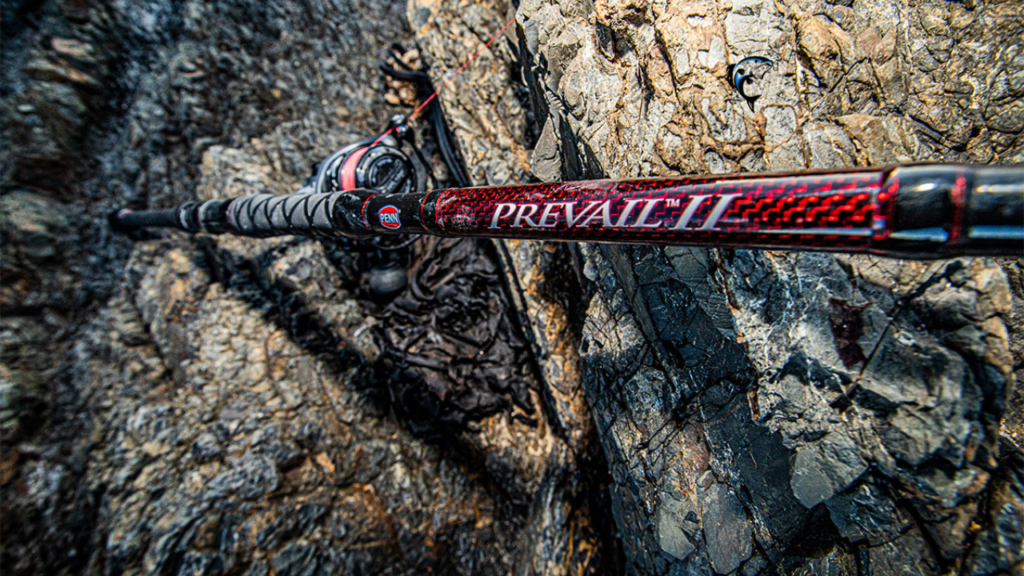
Specifications
- Carbon rod blank
- Blank protection
- Fuji Alconite Guides
- 6′ to 10kg appropriate line
- Cast: 15 to 65 grams
- Length: 8 feet 4 inches
- 2-piece configuration
Shimano Terez Rods
Here are some pros and cons of this rod
Pros
- ideal weight for offshore
- Suitable for huge blue-water species
- Highly Versatile
- Excellent build quality
- If the fish put up a fight, beginners don’t have to stress so much.
Cons
- Expensive
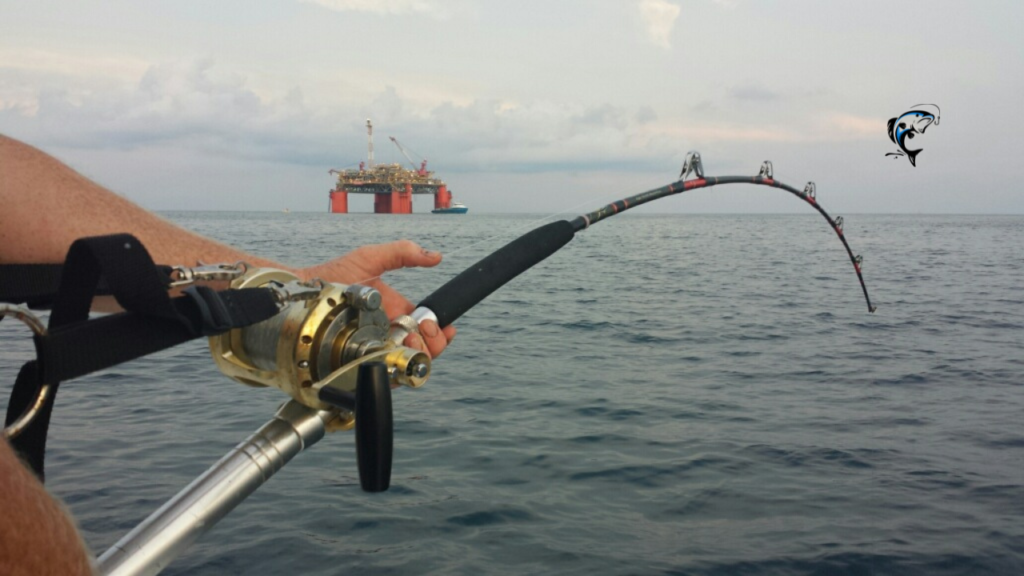
Specifications
- Fuji Alconite Guides
- Shimano EVA Butts
- Shimano custom reel seats
- Fast
- Length: 6’9″
- Appropriate Line: 40-80 lb.
- One-piece configuration
Daiwa Beef Stick
Here are some pros and cons of this rod
Pros
- Affordable
- Excellent value for money
- Incredible and classy look
- Robust
- 3-piece configuration
Cons
- The length is too long for a beginner.
- Heavy
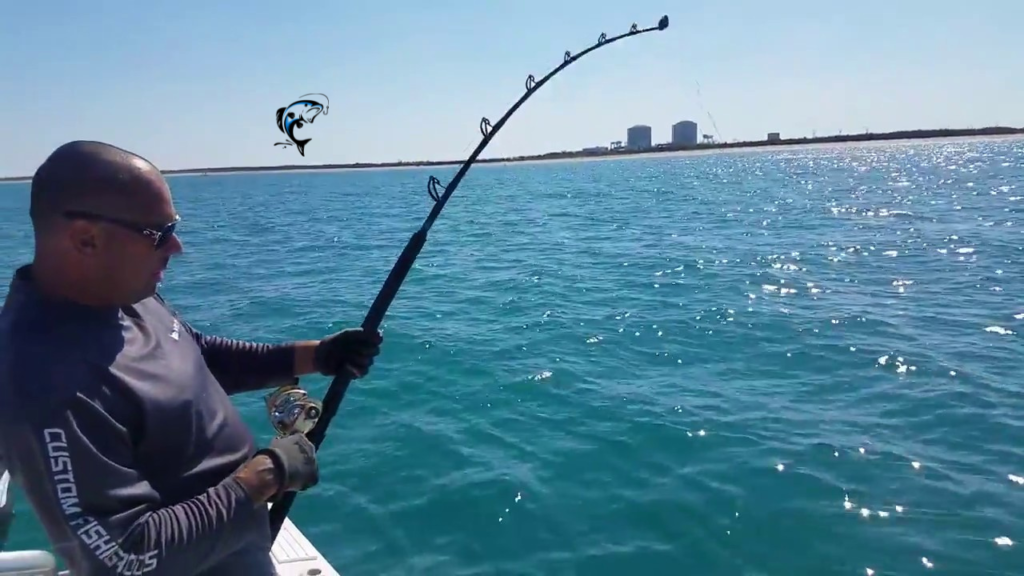
Specifications
- Fujikawa Alconite
- O-Ring guides
- Composite Blanks
- carbon outer scrim
- Flat-top EVA grips
- Composite cork butt
- Length: 13′
- 15 to 24 kg is an appropriate line.
- Three pieces
- Graphite reel seats
Daiwa Isla Offshore
Here are some pros and cons of this rod
Pros
- Classy look
- Lightweight
- Excellent guides
- High Value
- Configuration of one piece
- Excellent cork grip
- Robust
Cons
- The Cork handle is not long-lasting.
- Difficult to transport due to one-piece construction
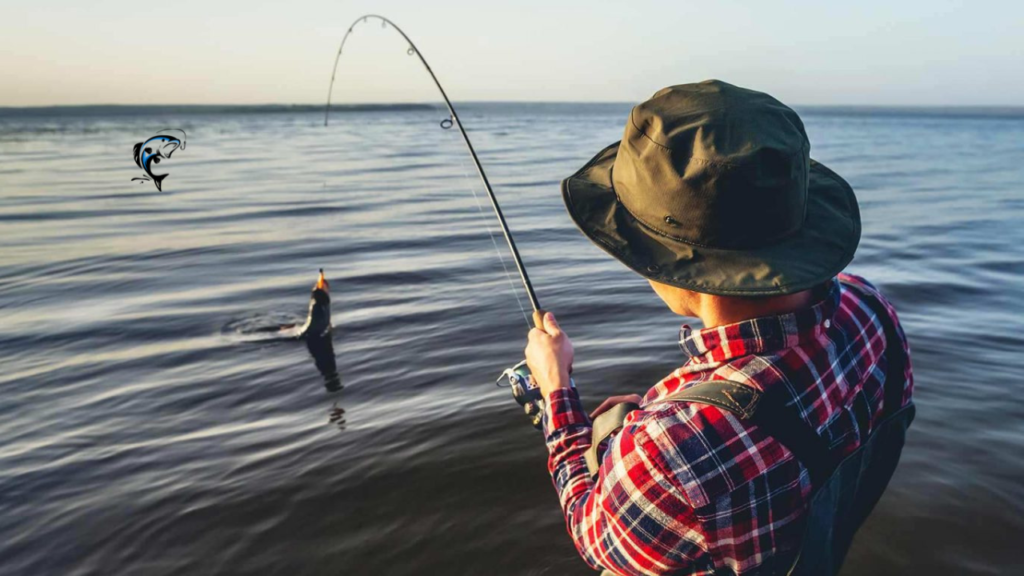
Specifications
- Lightweight
- Spiral X technology
- Length: 7 feet 6 inches
- Free Fuji Tangle Guides
- Line: 8 to 17 lb.
- Lure: ¼ to ¾ oz
- Excellent for inshore saltwater locations.
- Free Fuji Tangle Guides
- Line: 8 to 17 lb.
- Regular Action
Conclusion
Choosing a rod as a first-time angler can be difficult without guidance. There are many factors to consider, but if you understand what you need for the rod, you’re one step ahead. Your budget also matters, but always buy high-quality rods if you can.
Composite rods are perfect for beginners, giving them time to nurture new fishing skills. To get the best rods as a beginner, follow all the tips in this article and make a selection from the 5 Must-have Fishing Rods for Beginners we have discussed.
